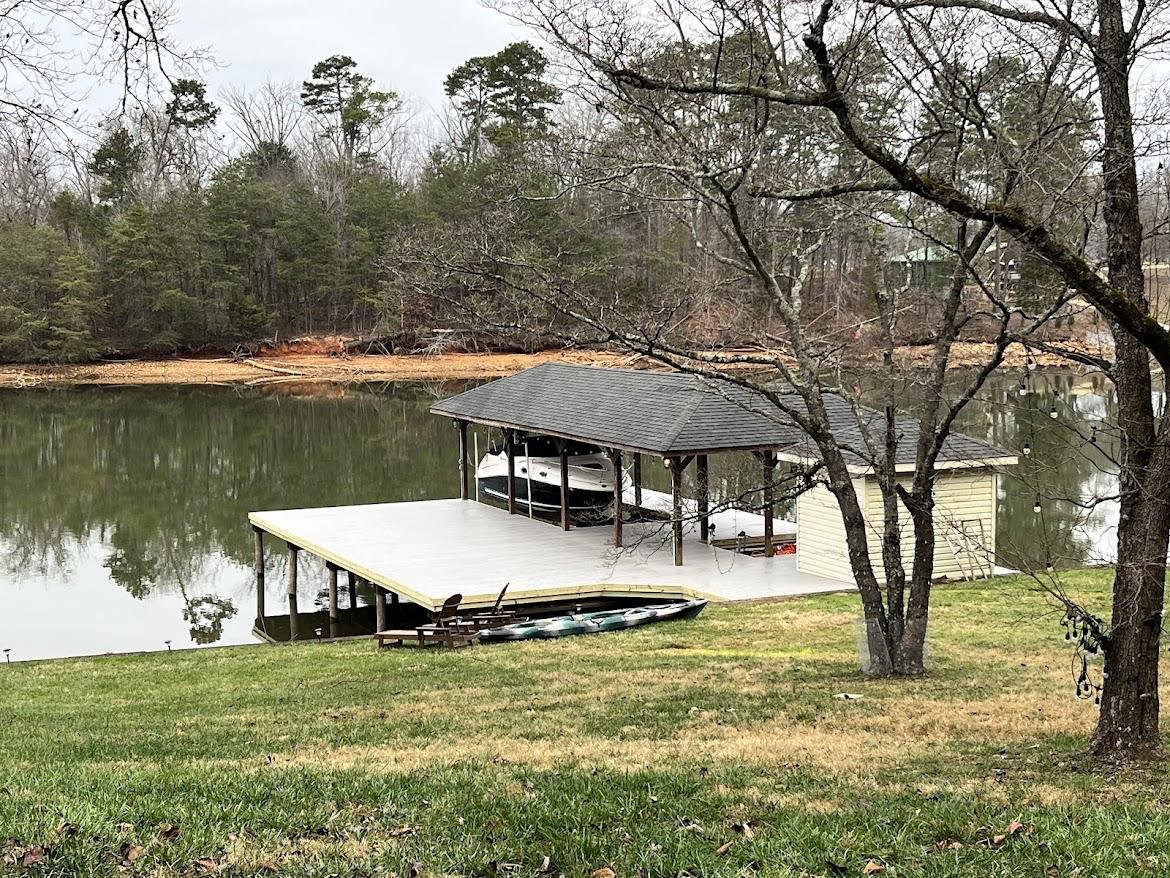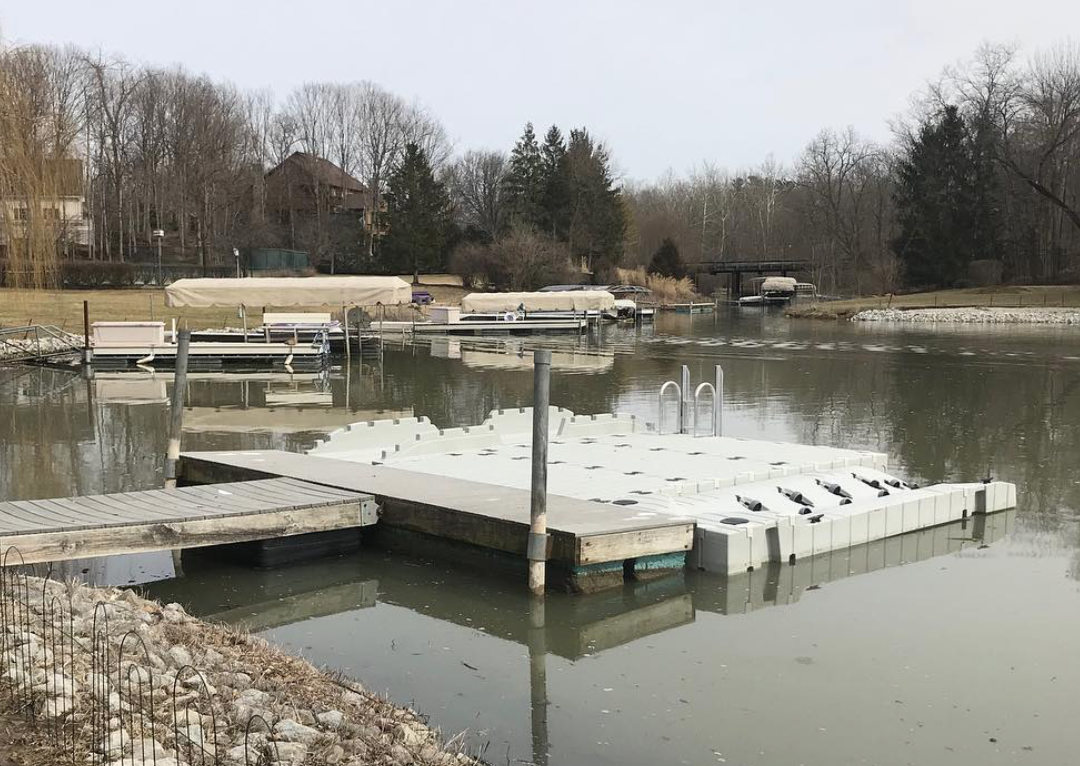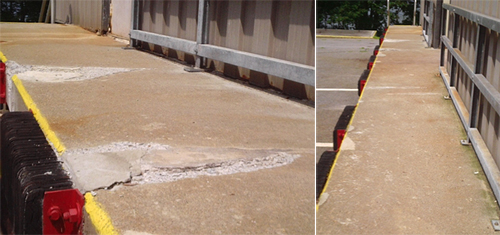Essential Overview to Cost Effective Dock Repairs for Homeowners
How to Address Common Dock Repair Issues for Safe Water Activities

Identifying Common Dock Issues
Identifying typical dock problems is crucial for keeping the performance and safety and security of your waterside home. Regular assessments can help reveal problems prior to they become extreme, guaranteeing both the long life of the dock and the security of those that use it.
Another usual issue is the degradation of flotation protection gadgets. These gadgets are vital for keeping the dock resilient, and any damages or slits can cause the dock to listing or sink. On a regular basis looking for leakages or water logged floats can preempt a lot more significant concerns.
Additionally, algae and barnacle build-up on the dock's surface area can create slippery and harmful problems. This biofouling not just poses a risk to individuals yet can also speed up the damage of the dock materials.
Finally, evaluating for indicators of rust on metal elements is essential. Rust can jeopardize the honesty of the dock's structure, making it risky. By consistently identifying these typical dock concerns, you can guarantee that your dock continues to be functional and protected for many years to find.
Fixing Rotting Timber
When resolving the concern of rotting wood on your dock, it is critical to act swiftly to stop further wear and tear. Begin by completely evaluating the whole framework to recognize all affected locations. Make use of a screwdriver to probe the wood; if it sinks in conveniently, the timber is most likely deteriorated and requires instant focus.
Be certain to cut back to healthy and balanced, solid timber, guaranteeing you get rid of all compromised product. After elimination, deal with the remaining timber with a timber chemical to avoid future rot.
Next, change the eliminated sections with marine-grade lumber or pressure-treated wood, which are extra immune to water damages. Protect the new items with stainless-steel or galvanized bolts to stop corrosion. In addition, applying a water-proof sealant to the brand-new wood can supply an additional layer of protection.
Securing Loosened Boards
Just how do you ensure your dock continues to be functional and secure for all its individuals? One crucial element is securing loose boards, which can or else posture significant threats. Loose boards not only boost the threat of stumbling yet can also endanger the architectural integrity of the whole dock.

For reinstallation, use stainless or galvanized steel screws, as these products offer remarkable Discover More Here resistance to deterioration in aquatic atmospheres. Guarantee the screws are long sufficient to pass through deep into the underlying support structure, but not so long that they stick out via the dock's surface area. Pre-drilling pilot openings can assist avoid the wood from splitting.
Last but not least, maintain a normal examination timetable to determine and resolve any kind of new problems quickly. By securing loosened boards efficiently, you add to the general safety and durability of your dock, making it a trusted system for water activities.
Supporting Unsteady Pilings
Guaranteeing the security of unstable pilings is paramount to preserving a secure and functional dock. Use a degree to check for vertical placement and ensure they are driven deep sufficient right into the substratum to provide adequate support.
If the pilings are discovered to be unpredictable, one effective approach for support is making use of additional bracing. Cross-bracing with treated lumber or galvanized steel can significantly improve stability. Support the dental braces firmly to both the pilings and the dock structure to disperse lots equally.

Normal maintenance and periodic review of the pilings' stability are crucial to making certain lasting dock security and functionality.
Changing Rusty Hardware
Resolving unsteady pilings is just one element of keeping a dock's integrity; an additional crucial concern is changing rusty equipment. In time, direct exposure to wetness and salt can lead to the oxidation and corrosion of bolts, brackets, and screws, jeopardizing the whole structure's safety and security. Routine evaluation for corrosion is vital, particularly after severe weather or seasonal adjustments.
When rusty equipment is identified, instant activity is required. Begin by choosing marine-grade stainless-steel or galvanized hardware, both developed to stand up to the harsh marine setting. Guarantee that you have the ideal tools, such as screwdrivers and wrenches, to securely remove the old, corroded pieces without creating more damage to the dock.
After eliminating the corroded equipment, thoroughly clean the influenced locations to remove any residual corrosion or particles. Use a rust-inhibiting guide to exposed metal surfaces prior to setting up the new equipment. Tighten all fixtures securely to avoid future loosening, and periodically check the installations to make certain recurring security.
Replacing rusty hardware not only extends the dock's life expectancy however likewise dramatically boosts the safety and security of water tasks. By proactively taking care of deterioration, you shield both the framework and its customers, ensuring a secure and satisfying waterside experience.
Conclusion
Regular examinations and upkeep are necessary to resolve usual dock repair problems and make certain safe water activities. Such positive procedures add to the overall safety and security and functionality of dock frameworks, fostering a secure atmosphere for water-based activities.
Making sure the safety of water tasks pivots significantly on the correct maintenance and repair of anchors (Dock Repairs). These devices are crucial for keeping the dock buoyant, and any damages or slits can cause the dock to listing or sink. By routinely determining these usual dock issues, you can make sure that your dock continues to be practical and safe for years to come
Guaranteeing the stability of unstable pilings is paramount to preserving a functional and risk-free dock.Normal inspections and maintenance are important to resolve common dock repair work problems and make sure risk-free read water tasks.